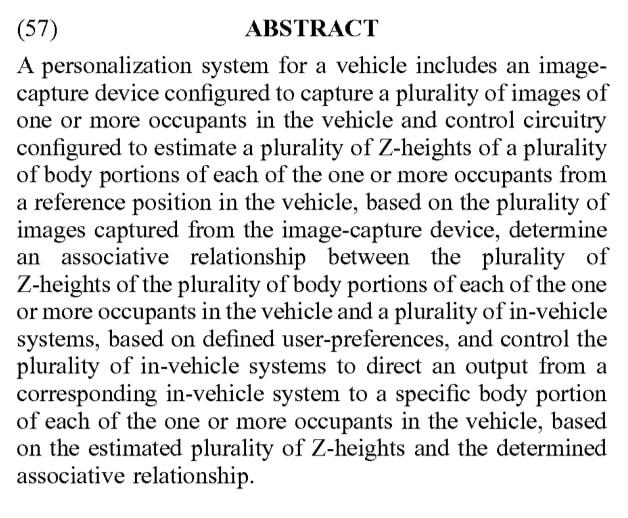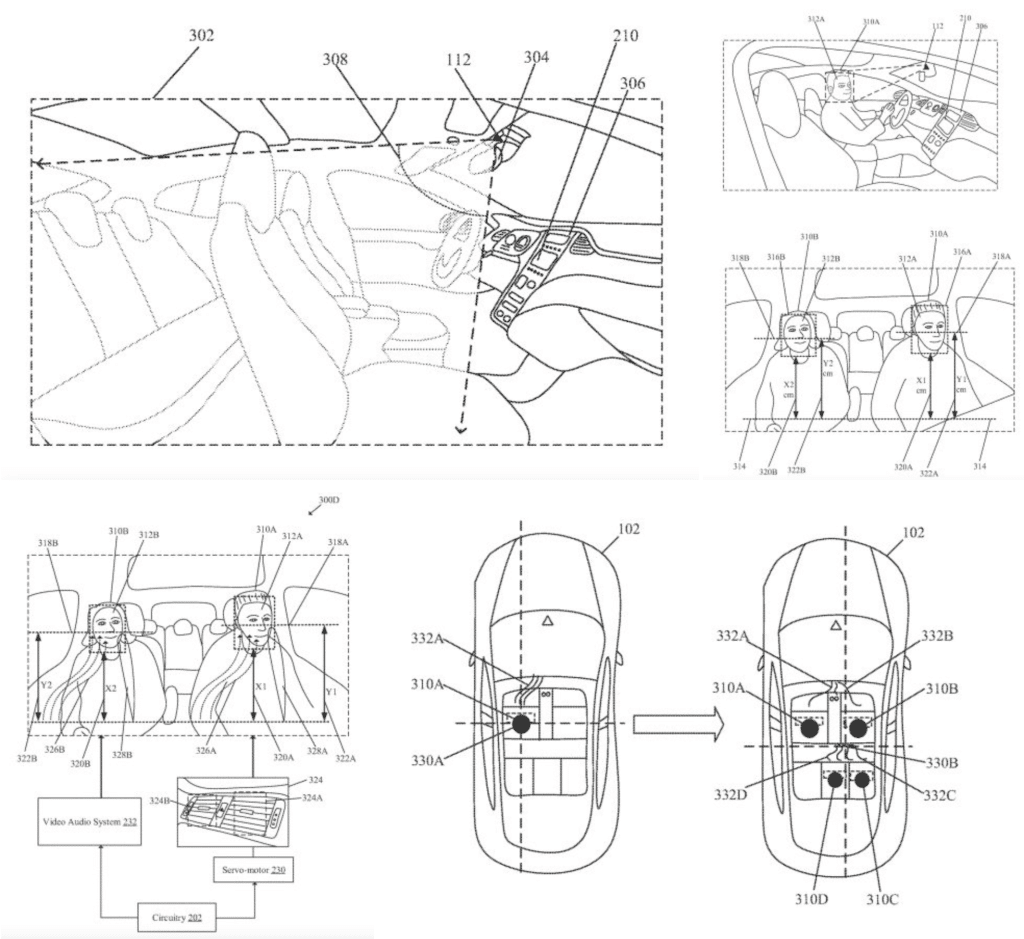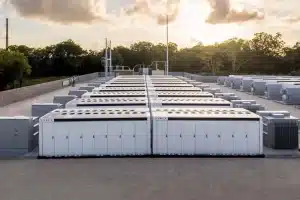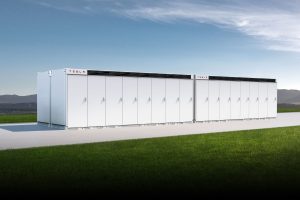Tesla has received a patent for an incredible new “personalization system,” which could make its vehicles more accessible and comfortable than ever before.
There is no doubt that one of the most substantial strengths that Tesla has over its rivals is its software chops. By developing so much of its technology in-house, it has quickly built up a considerable contingent of developers and engineers who are maximizing the use of its physical technology. A patent that Tesla received this morning highlights this strength better than ever before, which could help place Tesla’s interior software game in a league of its own.
According to Tesla’s patent application with the United States Patent Office, its new “personalization system” would be one of the most advanced in the auto industry. The system uses the car’s interior camera system to identify occupants, approximate their size, and personalize settings to optimize comfort and ease of use. The patent application abstract explains this in incredible detail:

Tesla first applied for the patent in 2018 and has since made changes to its original application.
The system can adjust numerous settings, including front seat and control positioning based on the height of the front seat occupants, the direction of and use of air conditioning vents based on where and how many occupants are sat throughout the cabin, and audio settings that ensure the ideal listening experience for both front and rear passengers. Further, the Tesla vehicle could identify occupants and apply preconfigured settings for each system, thanks to facial recognition software.
While images in the patent document are limited, they outline a couple of these use cases and the system’s adjustments to ensure ideal comfort.

Beyond just simply making occupants comfortable, the improved personalization system would also expand upon Tesla’s pre-existing safety system. The vehicle could identify incapacitated occupants and could either call emergency services or potentially autonomously drive the person to the hospital. Further, these systems could be used following a car accident, ensuring that the vehicle passengers are uninjured following a crash.
Perhaps the best part of this system is its potential implementation. Thanks to the consistent placement of sensors in Tesla vehicles, from the most expensive Model X to the cheapest Model 3, this system could be implemented rapidly via software updates.
The patent does not outline when or if such a system would be put in place, but with building competition within the electric vehicle market, Tesla may have no choice but to roll this system out as soon as possible. And if the system can improve comfort and safety as much as the patent advertises, it could be a game changer for the automotive industry as a whole.





